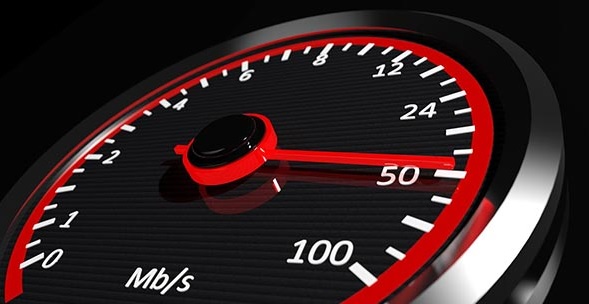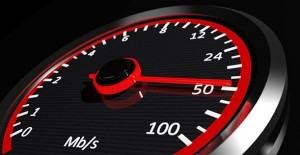
Internet speeds around the world “in contest” including India



What do you want out of life most? To communicate – yes? Well one of the best ways these days is through the internet and India must keep up especially as some of the top brains in the computer and digital media revolution are Indian anyway!
‘Digital India’ is trending all over the media. It is a scheme initiated by the Government of India in order to connect all the rural areas in India through high-speed internet connections. Indian Prime Minister Narendra Modi launched the scheme on 1 July, 2015. The motto of ‘Digital India’ is Power to Empower. As the motto suggests, it is the vital step taken towards empowering the Indian villages by providing information about various government schemes and facilities available to improve their standard of living.
“India is sitting at the cusp of a huge digital revolution” , said Ravi Shankar Prasad,Minister of Communications and IT, and head of the Advisory group.
Digital India aims at digital literacy, creation of digital infrastructure and delivering services digitally. The plan is designed to benefit both the service-providers and the consumers. It is monitored and administered by the Digital India Advisory group which is chaired by the Indian Ministry of Communications and Information Technology. Through this initiative all the various ministries and departments will offer their “vivid” services to the public. It includes judicial services, healthcare schemes, and financial and educational services.
Digital literacy in rural India will offer people more reach to the various government schemes available for them at a speedy rate. To implement the project India plans to build an extensive digital infrastructure covering an estimated 800 million of the rural population of India.
Though this initiative is warmly welcomed there are many setbacks to deal with – the biggest issue being the speed of the broadband connections. Broadband internet connections are much faster compared to the dial-up connections but even till this day none of the Internet Service Providers (ISP) in India could provide the maximum speed.
According to Akamai ranking 2015, South Korea has the speediest internet with up to 20.5 Mbps. The next in the list comes Sweden whose average connection speed is 17.4 Mbps. The average broadband speed in United Kingdom is 22.8Mbps which was 18.7Mbps in 2014, marking the largest absolute rise in broadband speeds recorded by Ofcom and USA with up to 12.6 Mbps.The average broadband speed in India is just one tenth of the broadband speed in South Korea, which is, 2Mbps.
BSNL, MTNL, ACT, Bharti Airtel, YOU Broadband, Esto internet, El-net Broadband, Nextra, Hathway, Idea Cellular, Reliance communications are some of the major broadband service providers in India. BSNL and MTNL are state-owned while others are privately owned companies. Though the service-providers promise to offer high speed connections, the broadband internet speed actually delivered is usually less.
Here is a list of some of the top high speed internet broadband service-providers in India.
ACT (Atria Convergence Technologies Pvt. Ltd.) is headquartered in Bangalore (India) and is spread across several cities of Karnataka, Tamil Nadu and Andhra Pradesh. ACT provides broadband on optic fibre with speeds ranging from 1Mbps to 1Gbps. They are ranked the 4th largest ISP in the wired broadband category in India.
Bharti Airtel fastest plan offers 40Mbps but once the limit reaches 160 GB it automatically switches to a slower plan of 1Mbps.
YOU broadband unlimited plan allows users to select from a lower 1Mbps speed to a higher 100Mbps speed.
Airlink’s DesireECO unlimited plan offers an economical plan with speeds up to 200 Kbps.
Even though the Internet Service Providers offer lower speed connections, India is in the race of catching up with the rest of the countries in terms of internet speeds. With the developments in the field of digital technology and with the involvement of the Indian Government India would top the list in the future.
From one of our reporters in the Indian Continent – Prabhala.
